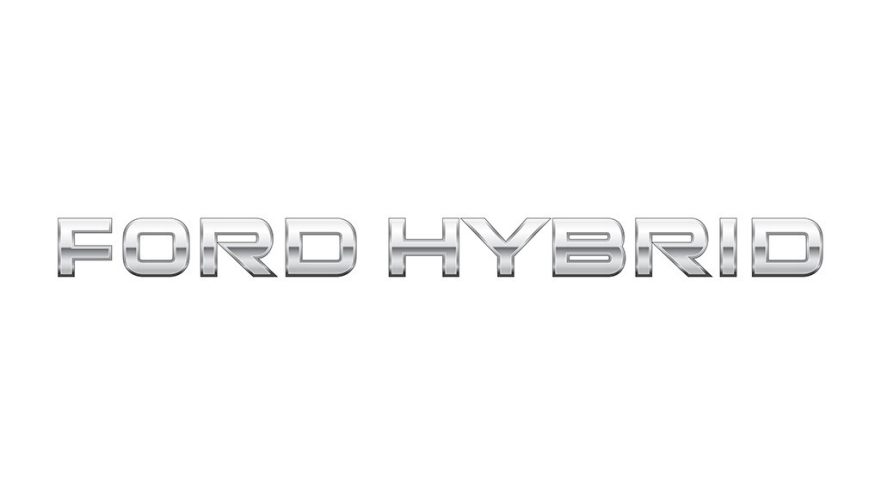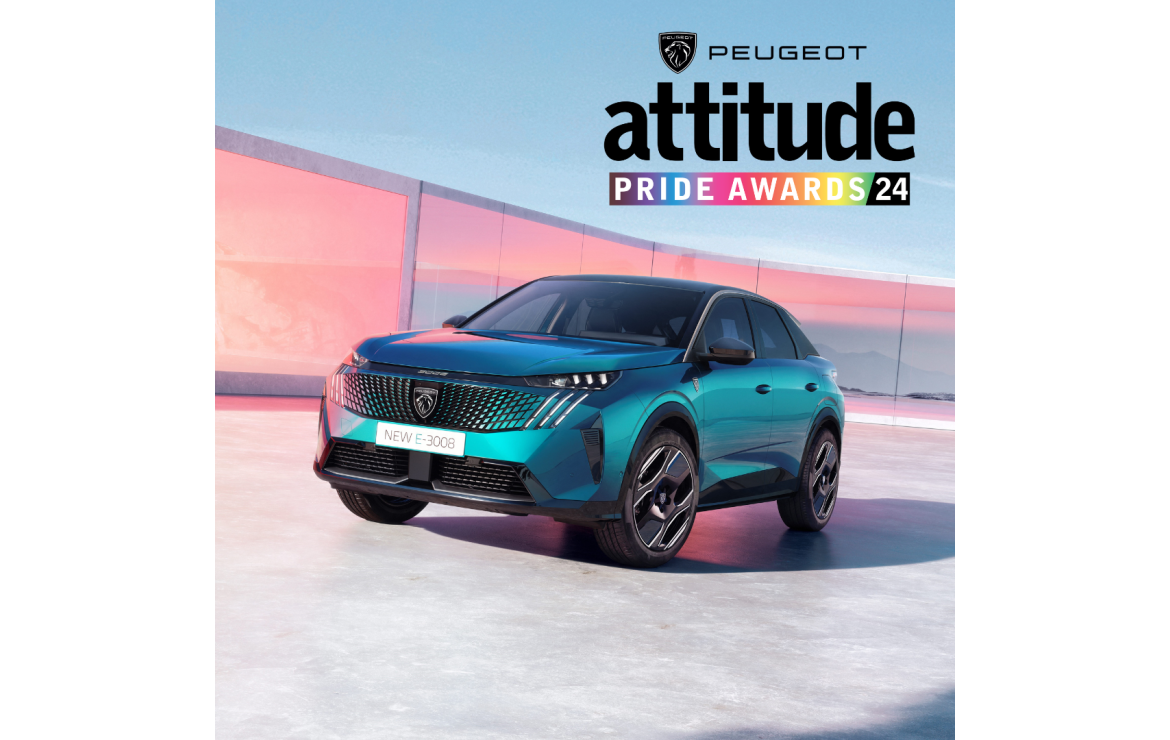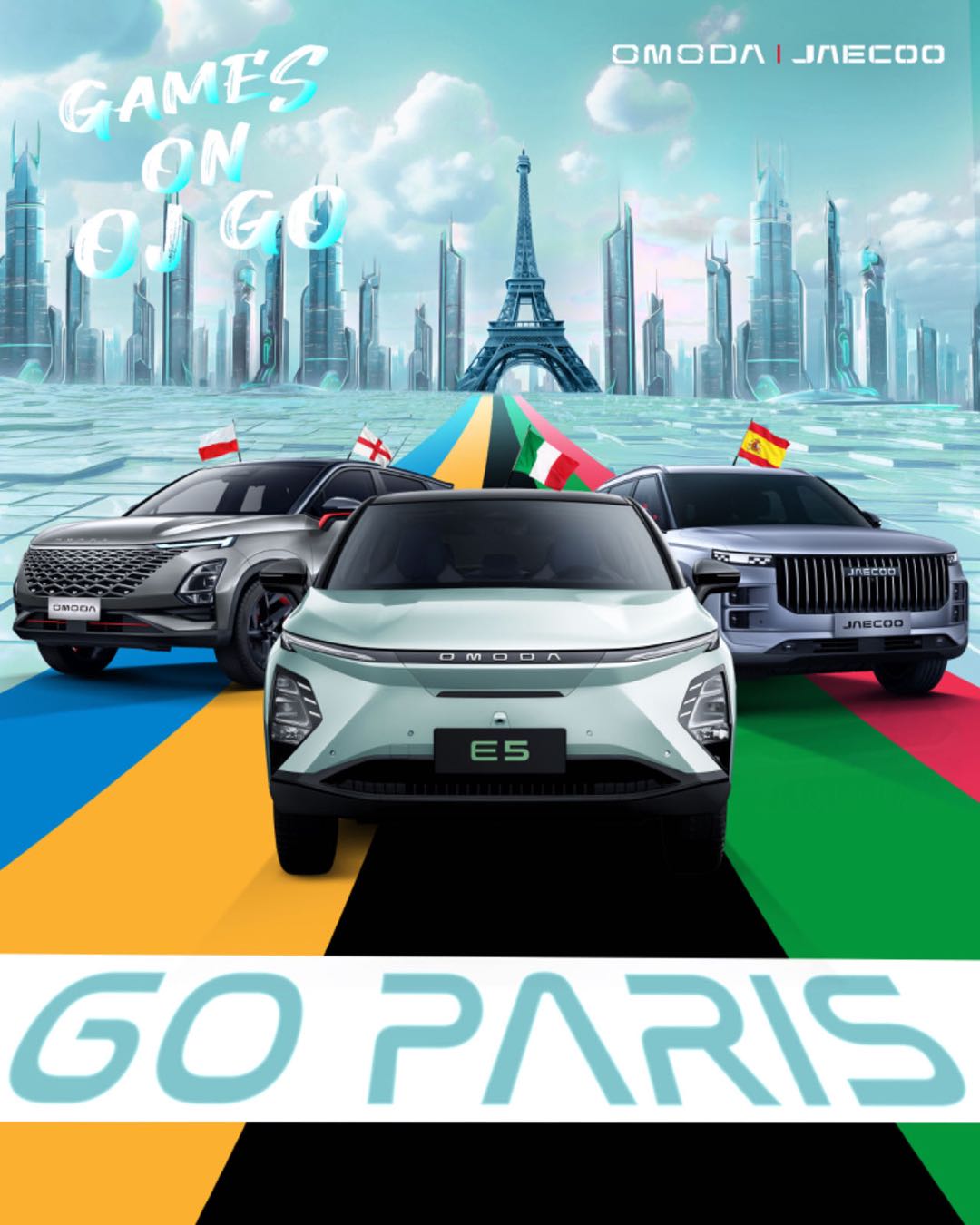Ford will reveal significant electrification, commercial vehicle and SUV news as part of the company’s vision for a new era of mobility at a special “Go Further” experience in Amsterdam, Netherlands, on April 2.
Steven Armstrong, group vice president and president, Europe, Middle East and Africa, Ford Motor Company, and incoming chairman, Ford of Europe, will be joined by an executive leadership team including Stuart Rowley, incoming president, Ford of Europe, to unveil news and products including a diverse family of electrified powertrain solutions for Ford customers.
This new generation of smart vehicles for a smart world will contribute to a cleaner and quieter future, and will bring Ford’s brand values of trust, affordability and fun-to-drive to electrified vehicles.
Ford today announced that new 48-volt mild-hybrid Fiesta and Focus EcoBoost Hybrid models will be introduced next year, helping Ford offer one of the most comprehensive and compelling vehicle line-ups and bringing the benefits of electrification to greater numbers of consumers.
“Our new Fiesta and Focus EcoBoost Hybrid models are examples of Ford’s commitment to deliver new, more environmentally sustainable vehicles, sophisticated technologies, and valued services for our customers, and we have many more examples to announce in Amsterdam next week and beyond,” Armstrong said. “We’ve gone to every length to develop mild-hybrid powertrains for two of our most popular cars that will help keep cash in customers’ pockets while remaining true to the Ford ‘fun to drive’ philosophy.”
Electrified Fiesta and Focus
The Fiesta EcoBoost Hybrid and Focus EcoBoost Hybrid will feature a sophisticated mild-hybrid architecture tailored to enhance fuel-efficiency while complementing Ford’s “fun to drive” experience with more powerful and responsive performance.
A belt-driven integrated starter/generator (BISG) replaces the standard alternator, enabling recovery and storage of energy usually lost during braking and coasting to charge a 48-volt lithium-ion air-cooled battery pack.
The BISG also acts as a motor, seamlessly integrating with the low-friction, three-cylinder 1.0‑litre EcoBoost combustion engine* and using the stored energy to provide torque assistance during normal driving and acceleration, as well as running the vehicle’s electrical ancillaries.
The electric torque assistance helps deliver punchier, more responsive performance, particularly at lower engine speeds, for a more flexible and connected driving experience. The BISG has also enabled Ford engineers to boost the 1.0-litre EcoBoost engine’s power with a larger turbocharger, by mitigating turbo-lag.
“Our 1.0-litre EcoBoost engine has already proven that fuel-efficiency and performance can go hand-in-hand. Our EcoBoost Hybrid technology takes that to the next level,” said Roelant de Waard, vice president, Marketing, Sales & Service, Ford of Europe. “We believe customers are going to love the smooth and urgent power delivery of our EcoBoost Hybrid powertrains just as much as they’ll enjoy less-frequent trips to the fuel pumps.”
In addition to the Fiesta and Focus EcoBoost Hybrids, the new Mondeo Hybrid wagon was unveiled earlier this year, featuring a full-hybrid architecture that delivers a refined petrol-electric driving experience and a compelling alternative to diesel powertrains. The Mondeo Hybrid wagon is the only full-hybrid available in wagon body style in the large family car segment.
Ford also is introducing mild-hybrid powertrain solutions to enhance the fuel-efficiency of the Transit 2-tonne and Transit Custom vans, and the Tourneo Custom eight/nine-seater people-mover, on sale later this year.
Ford earlier this year announced that every one of the company’s nameplates launched from the all-new Focus onwards will include one or more electrified options. This includes new nameplates and new versions of existing vehicles. From Fiesta to Transit, either a mild-hybrid, full-hybrid, plug-in hybrid or full battery electric option will be offered.
The “Go Further” experience will start at 16:15 CET on the April 2, and will be available to watch live or through replay at www.gofurtherlive.com.
# # #
- Fiesta EcoBoost Hybrid anticipated CO2 emissions from 112 g/km, fuel-efficiency from 4.9 l/100 km
- Focus EcoBoost Hybrid anticipated CO2 emissions from 106 g/km, fuel-efficiency from 4.7 l/100 km
- Mondeo Hybrid Wagon CO2 emissions from 101 g/km, fuel-efficiency from 4.4 l/100 km
- Transit EcoBlue Hybrid anticipated CO2 emissions from 144 g/km, fuel-efficiency from 7.6 l/100 km
- Transit Custom EcoBlue Hybrid anticipated CO2 emissions from 139 g/km, fuel-efficiency from 6.7 l/100 km
- Tourneo Custom EcoBlue Hybrid anticipated CO2 emissions from 137 g/km, fuel-efficiency from 7.0 l/100 km
*The declared Fuel/Energy Consumptions, CO2 emissions and electric range are measured according to the technical requirements and specifications of the European Regulations (EC) 715/2007 and (EC) 692/2008 as last amended. Fuel consumption and CO2 emissions are specified for a vehicle variant and not for a single car. The applied standard test procedure enables comparison between different vehicle types and different manufacturers. In addition to the fuel-efficiency of a car, driving behaviour as well as other non-technical factors play a role in determining a car’s fuel/energy consumption, CO2 emissions and electric range. CO2 is the main greenhouse gas responsible for global warming.
Since 1 September 2017, certain new vehicles are being type-approved using the World Harmonised Light Vehicle Test Procedure (WLTP) according to (EU) 2017/1151 as last amended, which is a new, more realistic test procedure for measuring fuel consumption and CO2 emissions. Since 1 September 2018 the WLTP has begun replacing the New European Drive Cycle (NEDC), which is the outgoing test procedure. During NEDC Phase-out, WLTP fuel consumption and CO2 emissions are being correlated back to NEDC. There will be some variance to the previous fuel economy and emissions as some elements of the tests have altered i.e., the same car might have different fuel consumption and CO2 emissions.





